- Antipasti
- Bella Italia
- Dessert
- Drinks
- Favorite Italian recipes
- Main courses
- Pasta
- Pizza
- Side dishes and salad
- Tips & Knowledge
Everything about Manitoba flour!
Manitoba flour is absolutely on trend. But what makes this flour so special? We answer all the important questions!
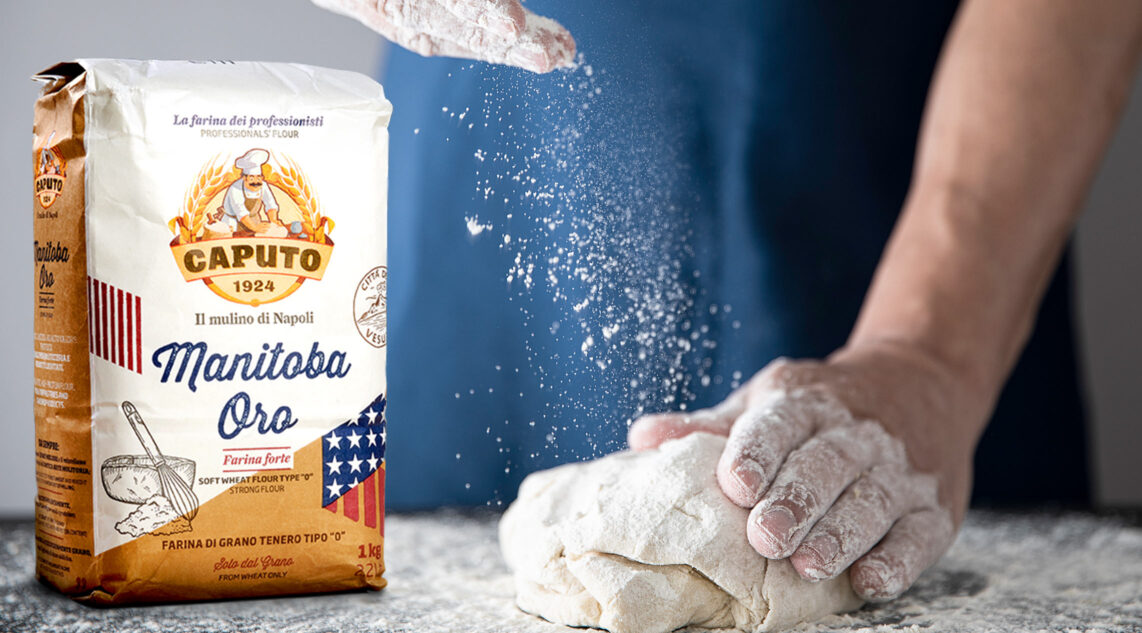
In Italy, Manitoba flour has long since arrived in all well-stocked households and grocery stores. So it’s no wonder that the traditional Neapolitan mill Caputo also offers this miracle flour, as flour made from North American wheat varieties has very special properties. Even if at first glance it may not be obvious to everyone why Manitoba flour fits in with a traditional Neapolitan mill like Caputo, this quickly becomes clear on closer examination of this “special flour”. So, curtain up for the strongest of all flours!

What makes Manitoba flour so special?
Manitoba flour has a very high gluten content (Caputo – “Manitoba Oro – Tipo 0” = 14.50%) and has one of the highest W-index values of over 360. The W index is one of three relevant rheological properties and is determined with the help of an alveograph, which measures the baking strength of the flour used. The higher the W value, the stronger and more elastic the dough structure of the flour. Manitoba flour can also absorb a full 90% of its weight in water, which results in a longer leavening time.
Why does the dough become so elastic and strong?
The two basic proteins glutenin and gliadin play an important role. Glutenin ensures a strong dough strength, while gliadin makes the dough stretchy and elastic. Both react with water to form protein compounds known as gluten (also known as gluten protein). Gluten ensures firm molecular bonds and thus a strong dough structure. This retains the gases produced during fermentation and allows the dough to rise wonderfully. The voluminous position it assumes remains even after baking.


How do I use Manitoba flour in Italian cuisine?
The flour is suitable for long doughs with lots of yeast, butter or eggs. It can be used both as a base flour and as a supplement to other flours. I recommend: Experiment! Start with a proportion of 10% of the total volume of flour used and increase later. Canadian edelweiss flour is particularly suitable as a base for fluffy, airy cakes. For example, for the Italian cake classics panettone, colomba and pandoro. It is also perfect for baking fluffy ciabatta and pizza Napoletana.
Where does the term Manitoba come from?
Manitoba is a prairie province located in central Canada. The term is derived from the language of the Cree Indian people. “Manitou bou” means “the bottleneck of the Great Spirit” and refers to Lake Manitoba northwest of Winnipeg. The province of Manitoba is home to various particularly hardy North American wheat varieties. The flour processed from this wheat has made it as far as Italy due to its special properties. In Italy, the flour made from the North American wheat varieties is called Manitoba flour or farina americana. However, if you ask around in the actual Canadian province, hardly anyone knows this name.

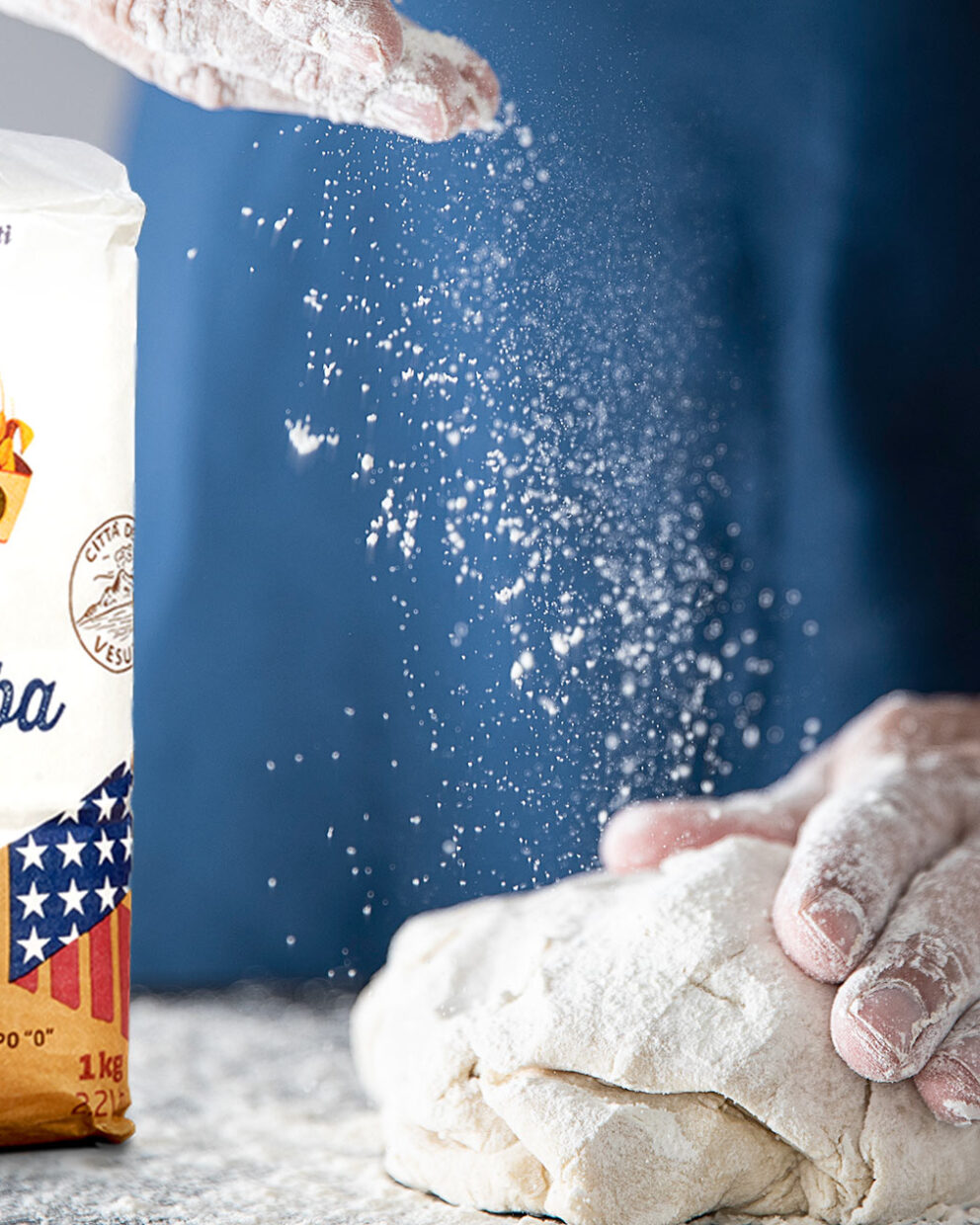
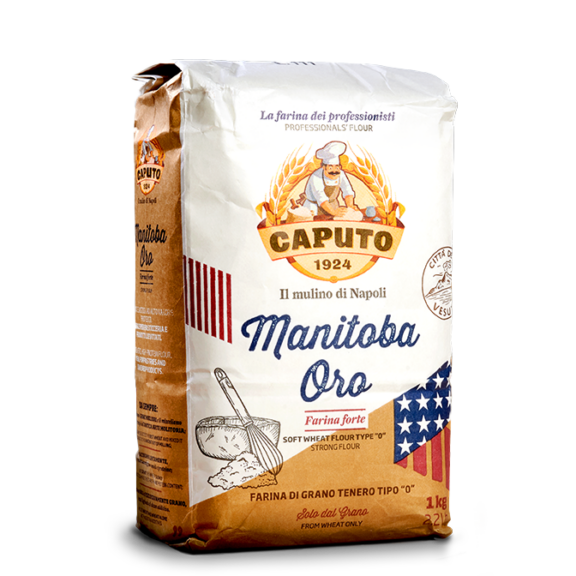
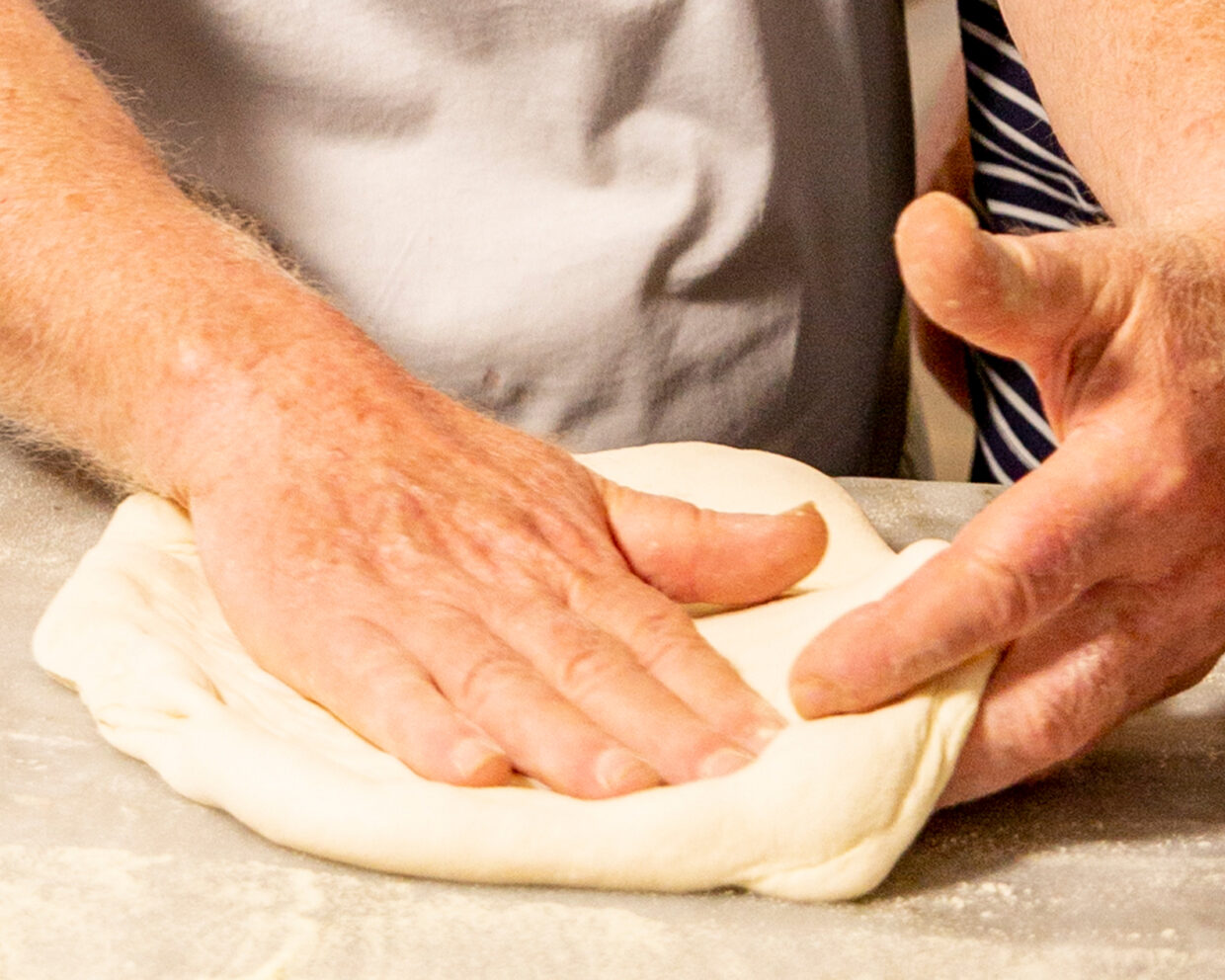
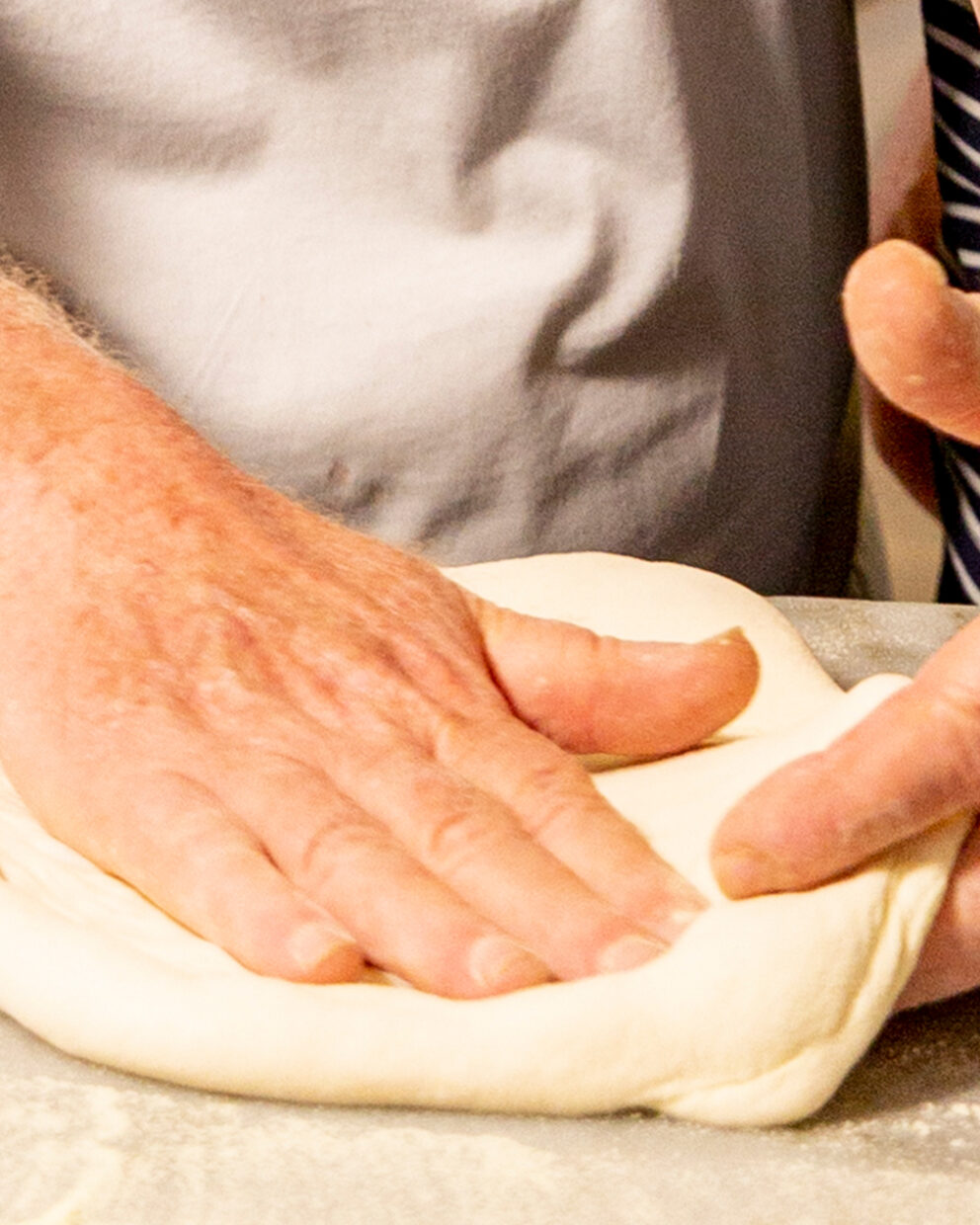
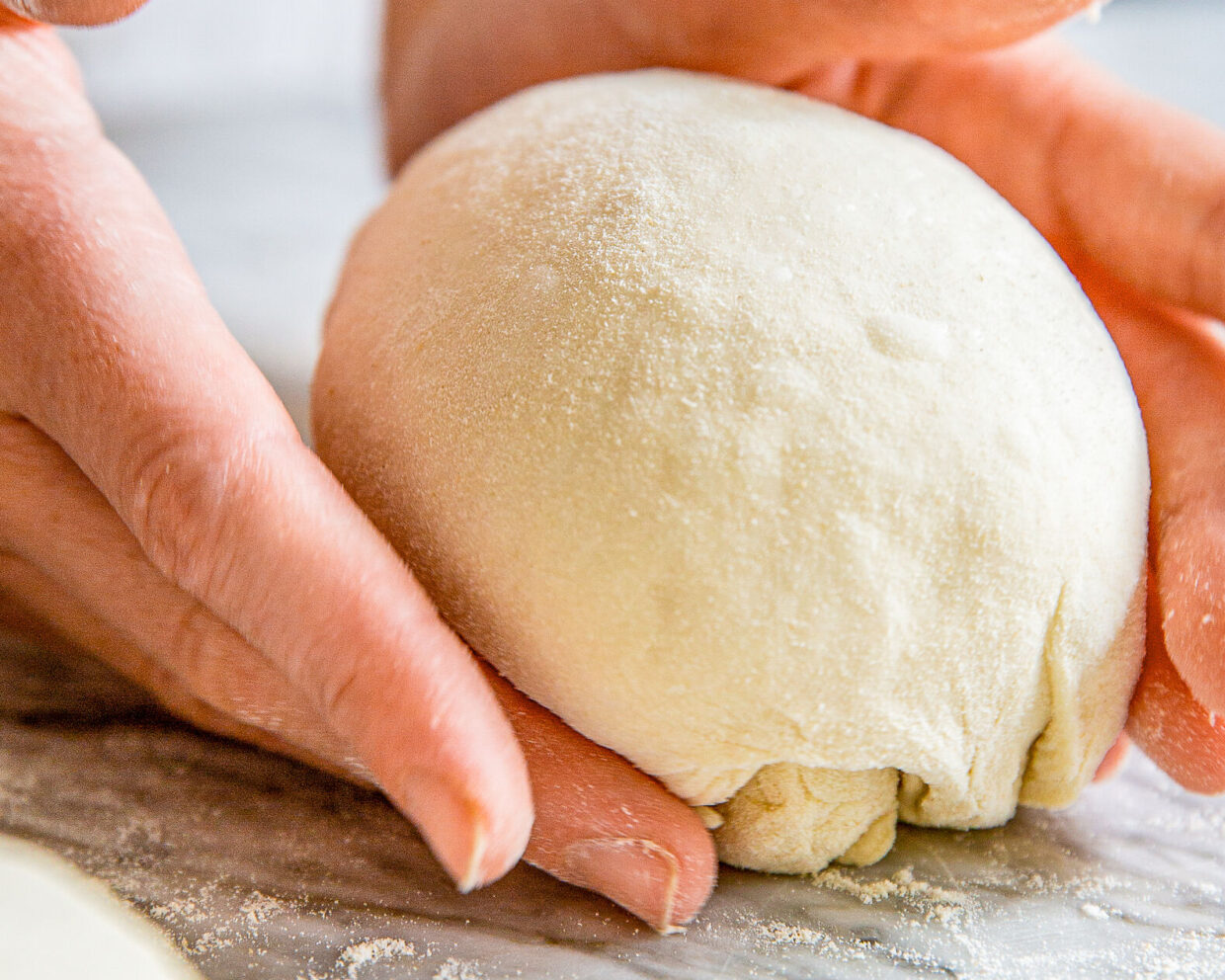
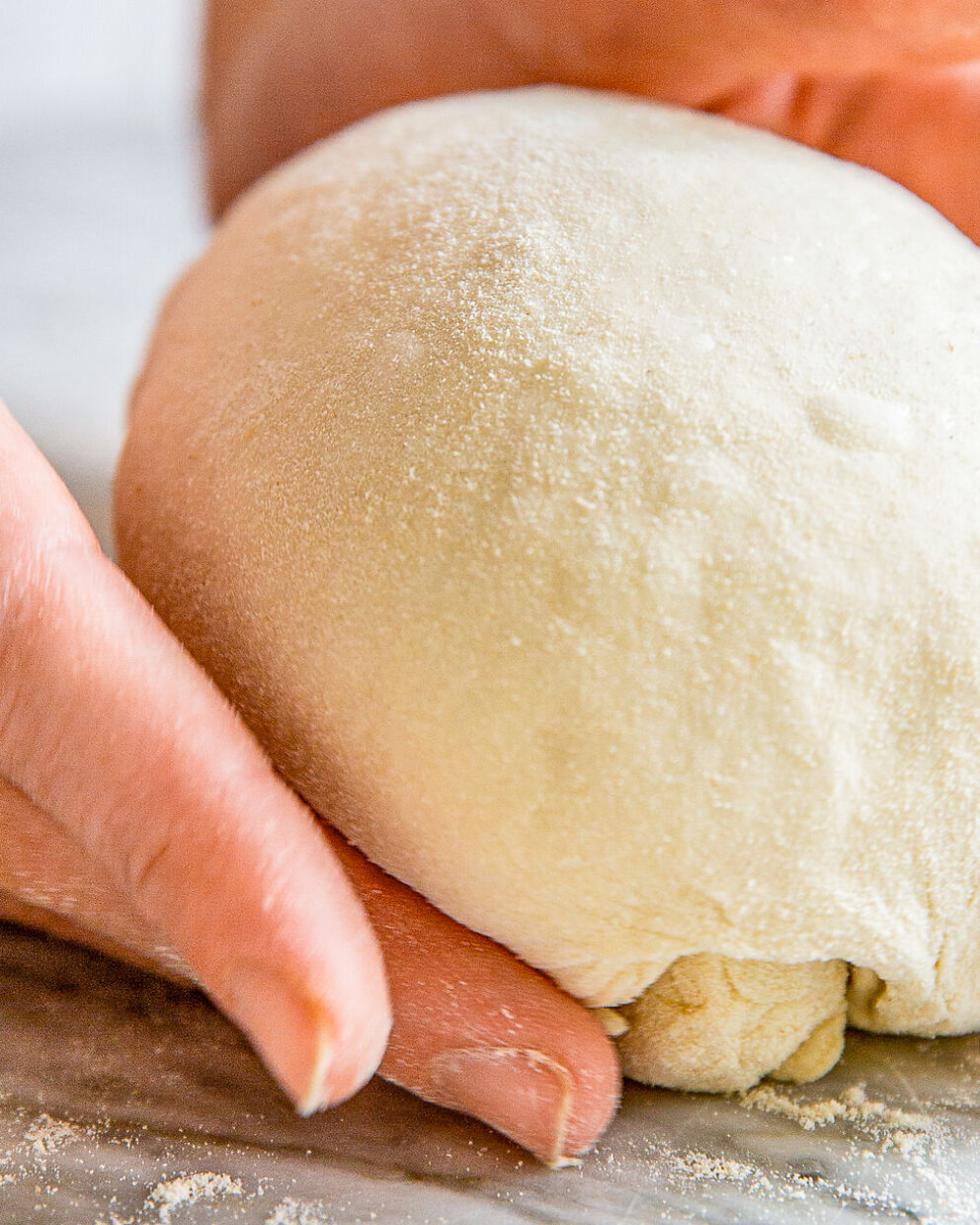

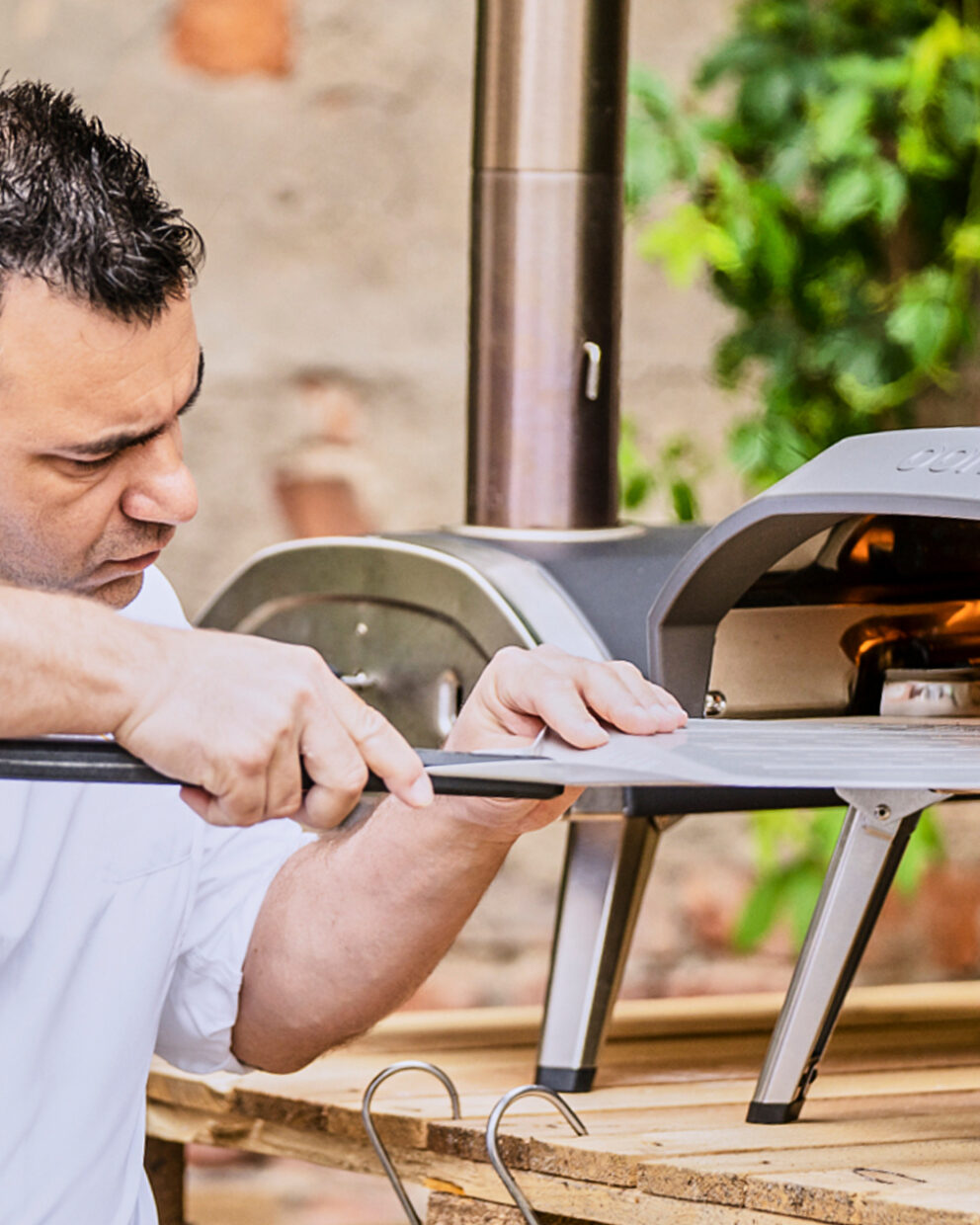



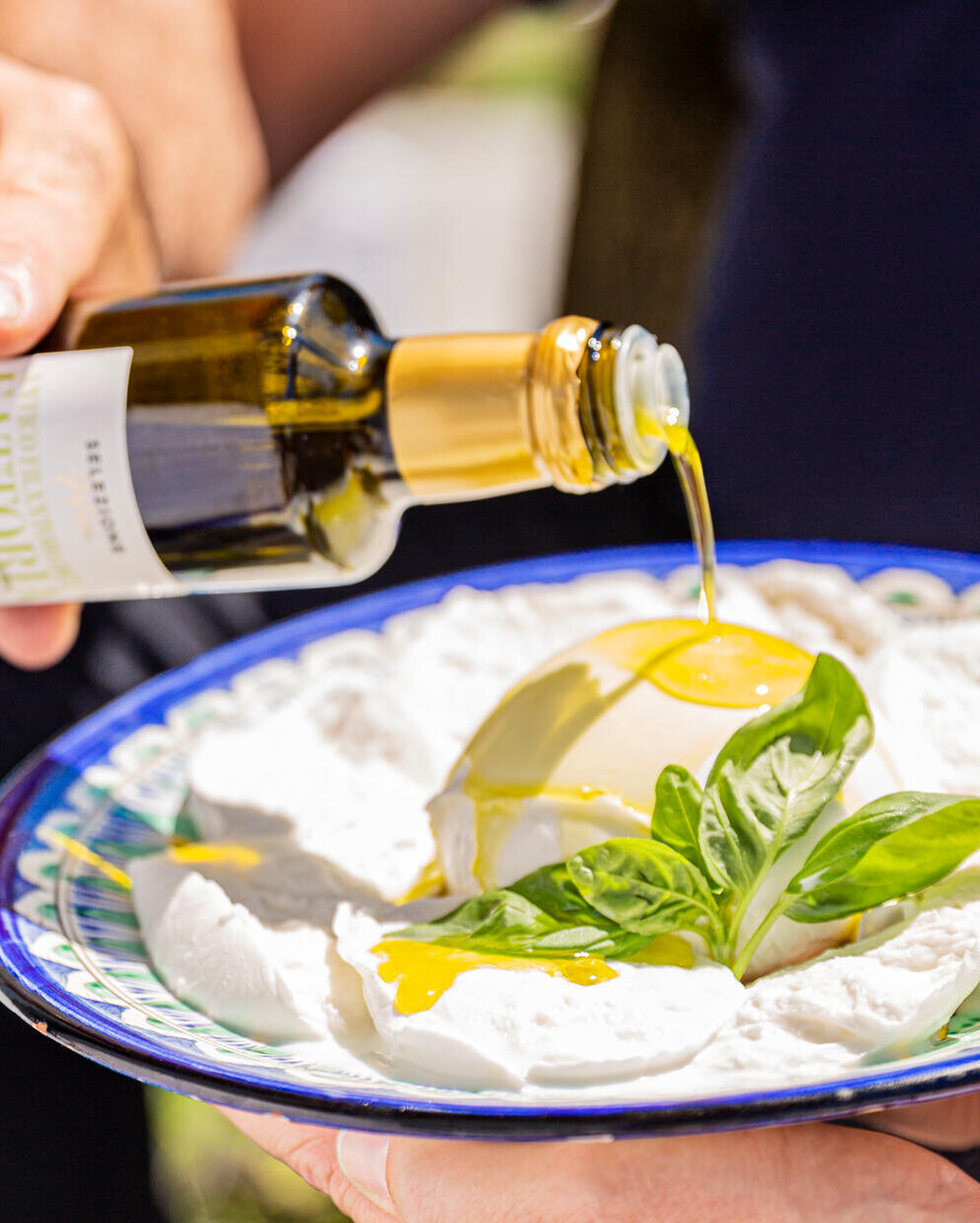


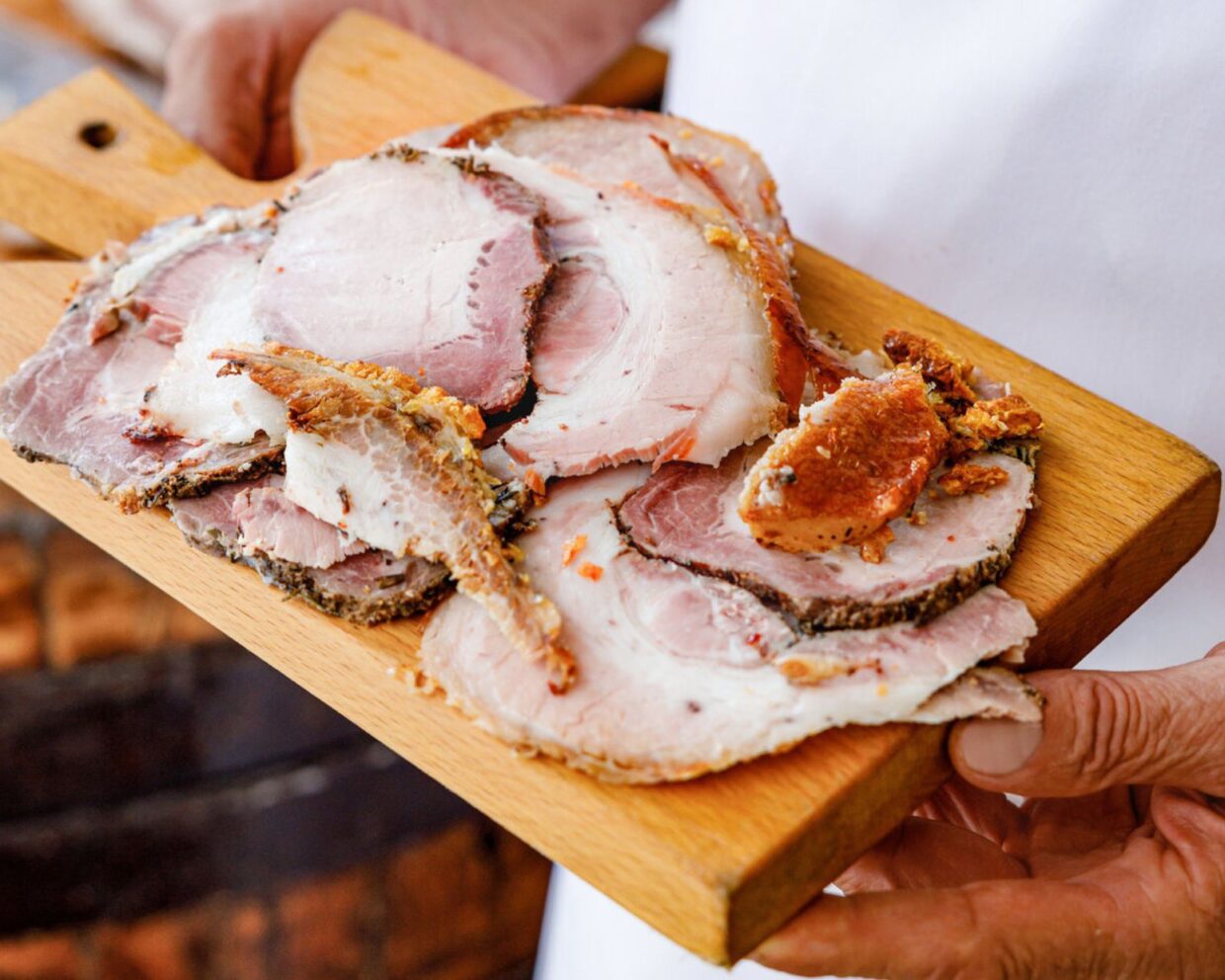
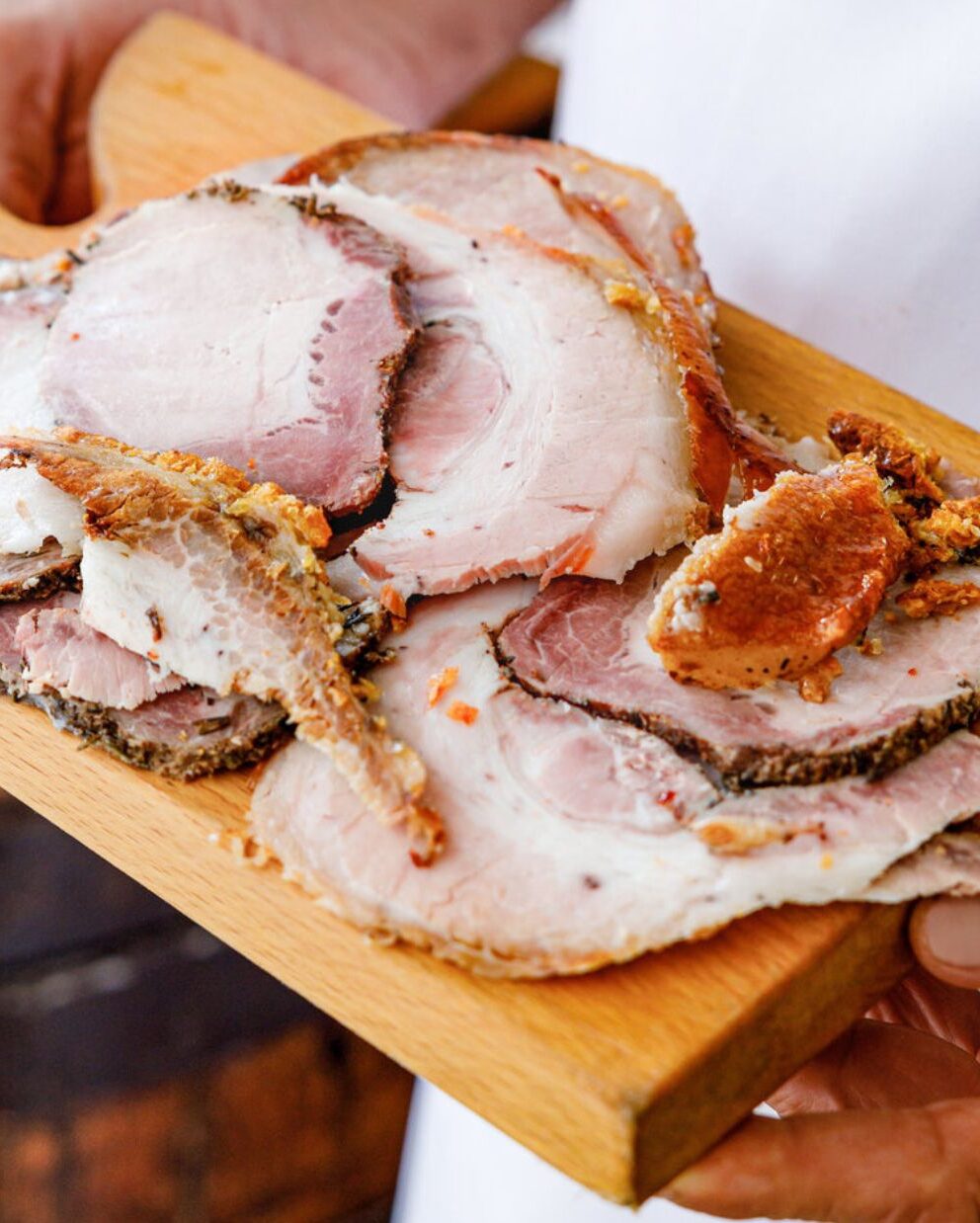





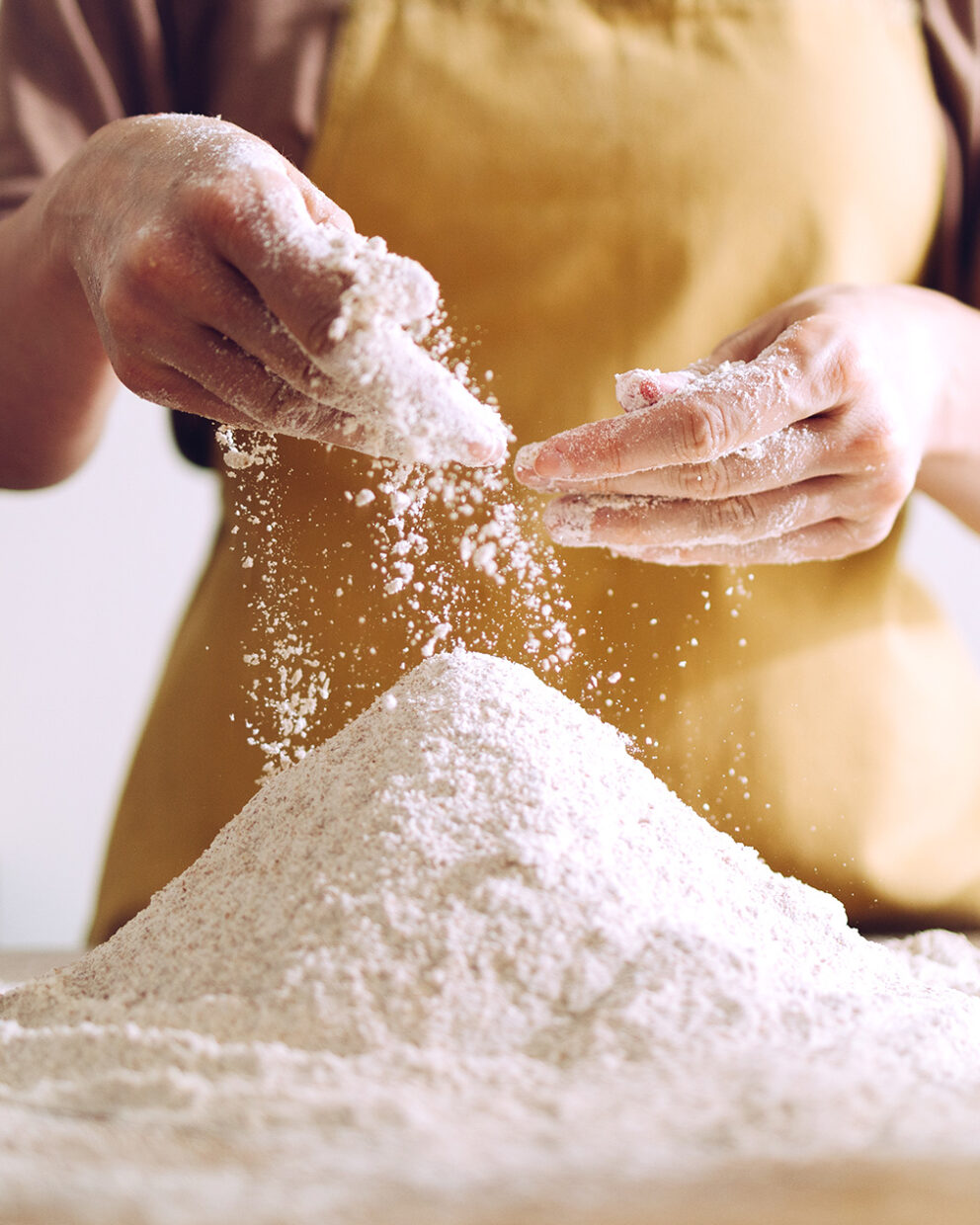
Want to share your thoughts? We're excited to hear what you think of the article. Tell us about your ideas, tips or questions! Leave a comment and share your knowledge with the community. Your opinion counts.
Write a comment